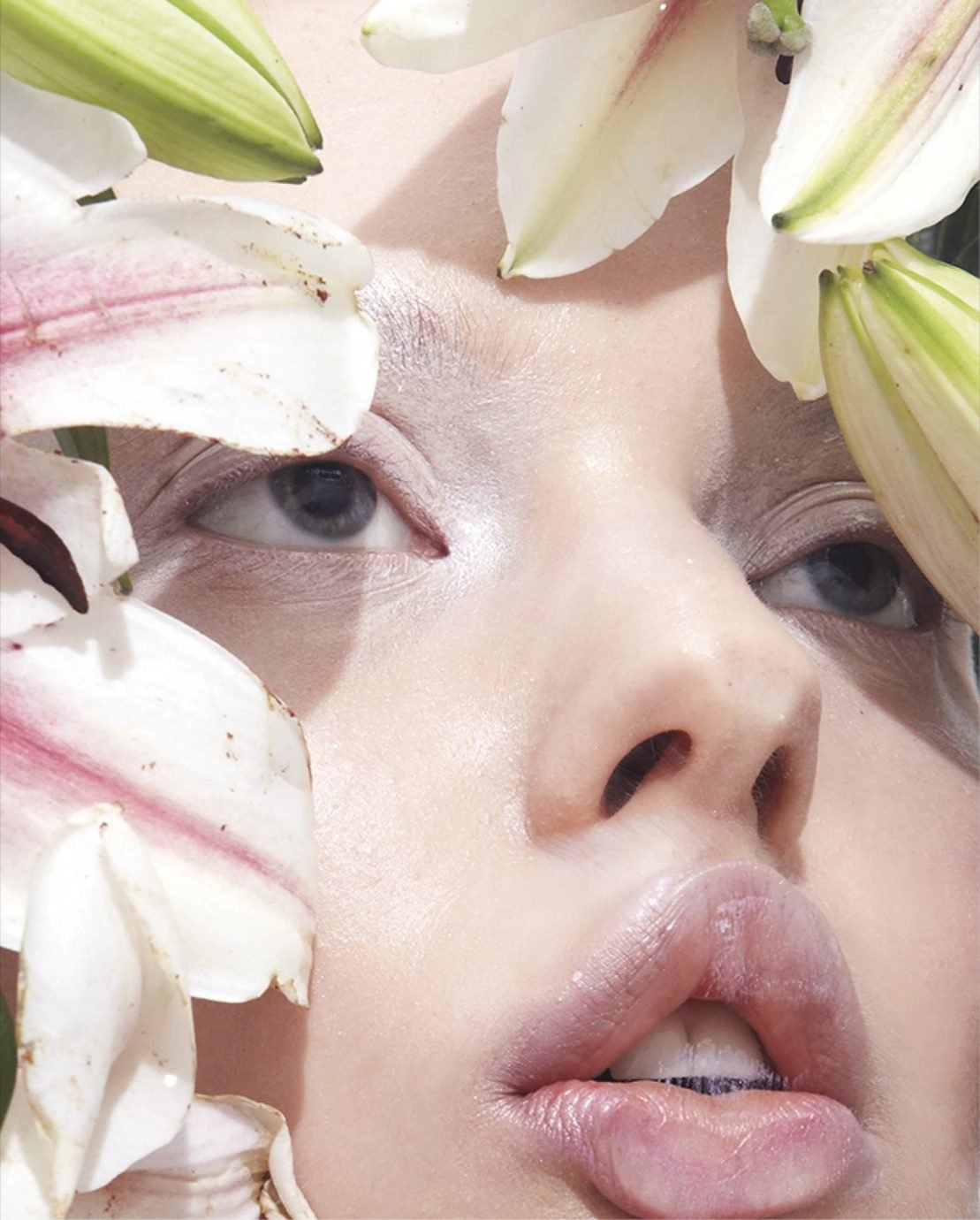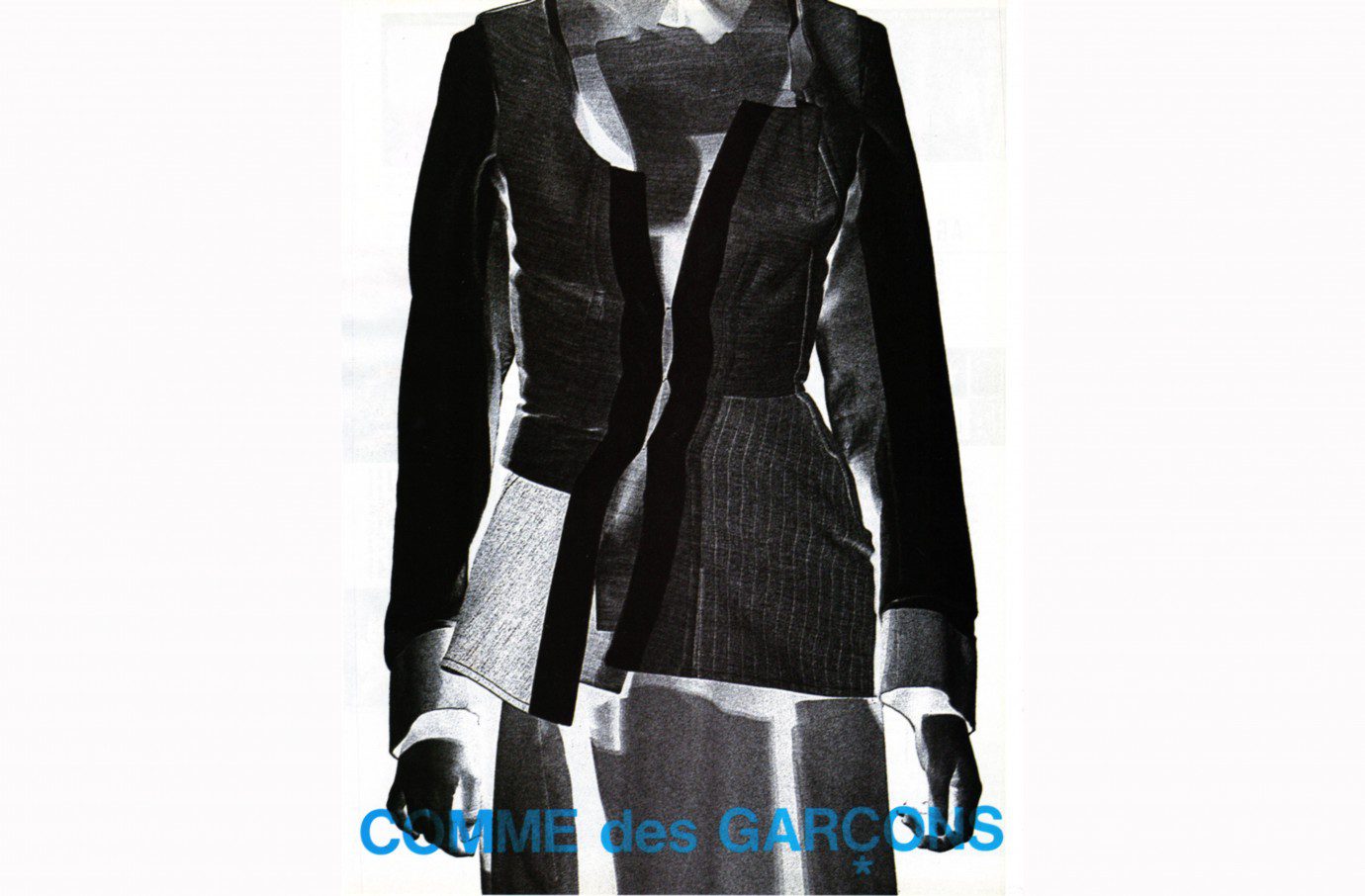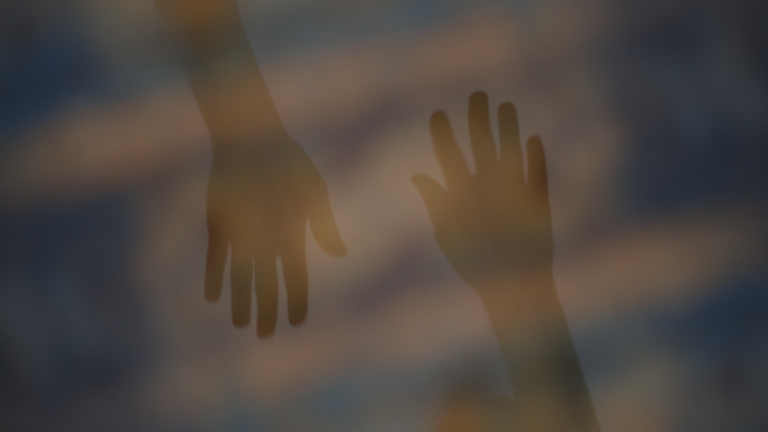“Social media radically changes the way we consume and experience art – we can engage with it in new ways, we can “own” it in a different way, and we can even reshape it and make it new somehow. Make it ours, make it personal.”
What inspired you to start @artgarments?
When I started @ArtGarments, I was fascinated by how close I could get to the paintings. It was suddenly no longer taboo to touch my nose to a painting and stare at it for my heart’s content, or to study its details. There was none of the hushed reverence and self-consciousness of being in a public “art space” or museum, no danger of stepping too close. I could get as close as I wanted and stare as long as I wanted. All these liberties with “Art” were what initially drove the account. And it still does.
It also brought art into the private space of my home, my laptop, my phone. I can coexist privately with a Boticelli, which is something fresh, new, and exciting, or at least was when I started the account five or six years ago.
Social media radically changes the way we consume and experience art – we can engage with it in new ways, we can “own” it in a different way, and we can even reshape it and make it new somehow. Make it ours, make it personal.
What else inspires you?
I’m always a student. I’m always curious. I like niche accounts, accounts that show variations on a theme. I love accounts that teach me something I didn’t know, or that show me something I can’t find or didn’t know existed.
I love Alice Rawsthorn‘s account for schooling me. She works around weekly themes and her account is visually stimulating and informative. I get bits of information at a time, a serialized lesson in the world of design. Kate Strasdin’s account is another one I look forward to and learn from.
What kind of material do you look for?
I like collections. The account is just a visual collection of items. I look for details that surprise, delight, or shock. I’m fascinated by changing fashion trends – recently I posted a series of closeups of miniature portraits worn as bracelets. These were really popular and fashionable but no longer are. I like to hunt for interesting details.
“It’s fascinating to imagine how things were made – by hand and with care.”


























